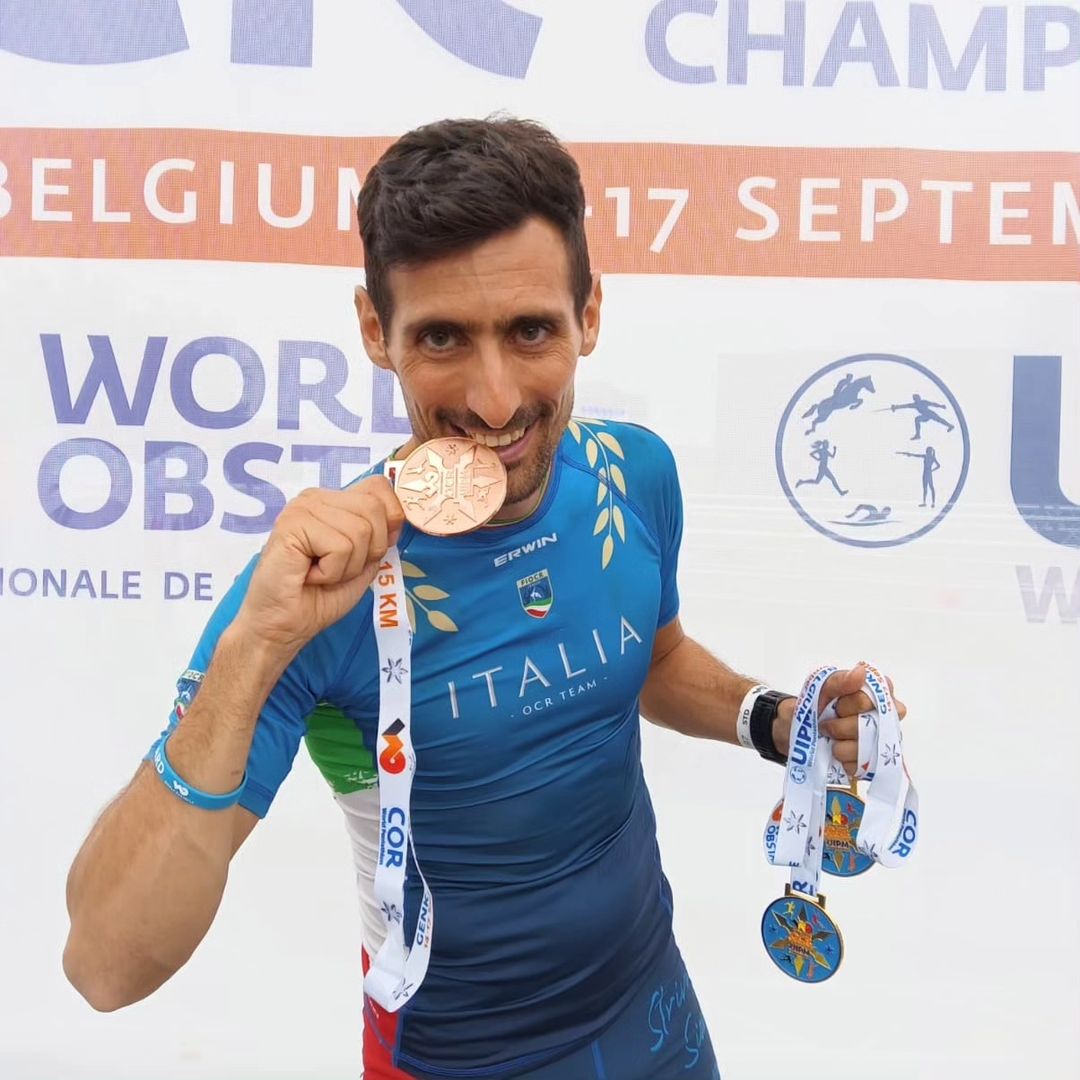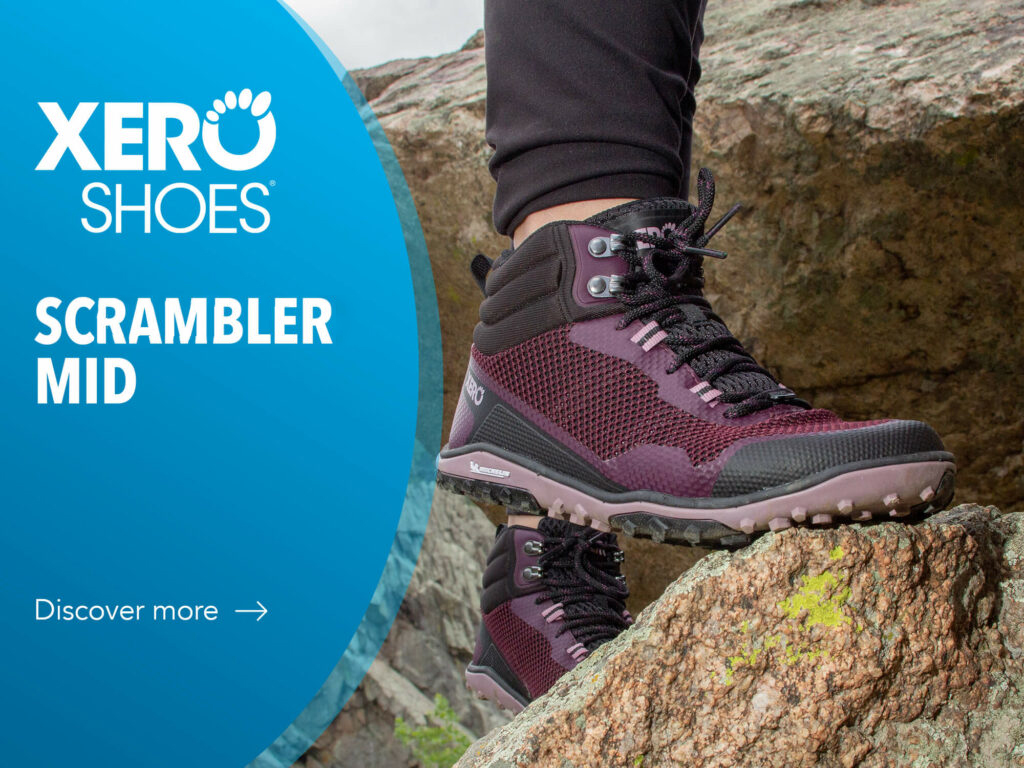Obstacle Course Races, or more commonly known by the acronym OCR, are races that alternate between running and various physical obstacle challenges. The trails can be of different distances and the types of obstacles encountered are also different. Carrying heavy objects, crawling under barbed wire, and climbing ropes are just some of the possible scenarios that occur in this type of activity.
But what better way to learn about the sport than through an interview with an athlete who is a successful practitioner of the sport?
We asked Alessandro Coletta a few questions and he enthusiastically told us his story. Alessandro is class of 1985 and recently won the bronze medal in his category at the Standard competition held in Genk, Belgium, last September.
We’d like to know a little bit about where you came from, how this passion started, how it evolved.
I have been doing sports since I was a child, I have done all kinds of sports possible and imaginable. I practiced many disciplines, the main one was athletics, especially mountain running, also cross country, road running in preparation for mountain running.
In fact, I was a regional mountain running champion, I came close to the national junior mountain running team, and then there was a stint in soccer.
I got into OCR right away, in 2014. I took a little break after the first competitions in that year. Then, in 2016, my wife and I, who like me has a degree in Exercise Science, had the opportunity to open a gym, a 2000 square meter training center dedicated only to OCR. From there the team “Warrior Race Italia” was born.
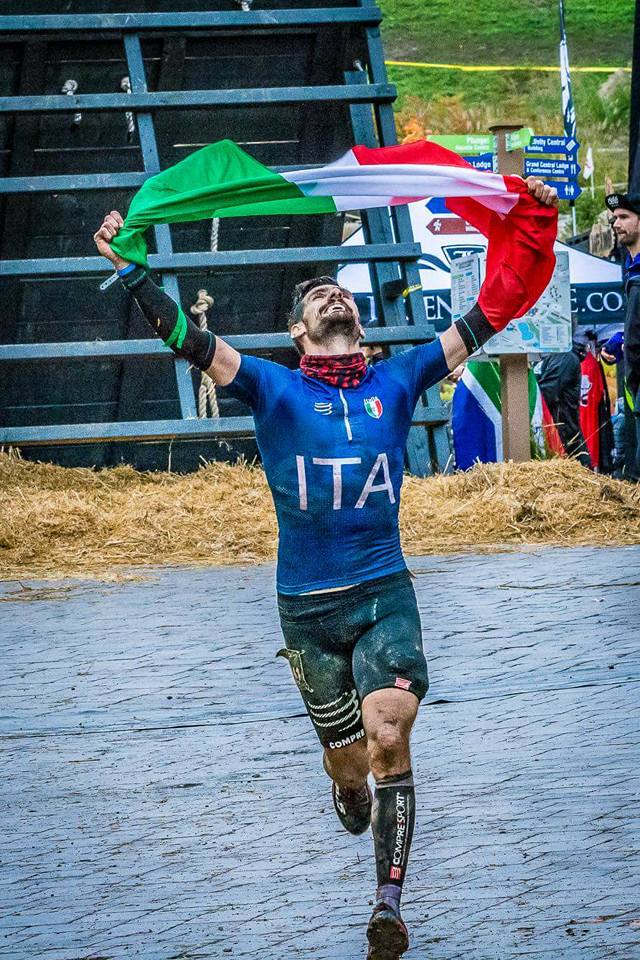
Photo credit: Alessandro Coletta by Facebook
Our team has been regional champion 4 times in a row, Italian champion 2 times, and in our team there are 4/5 Italian category champions and one elite champion, which is me. In fact, I have won both the category title and the elite title. In the 2021 European Championships I was European Champion in my age group, so I was category champion, and this year in the Belgian category I was on the podium again in third place, so I brought home a category bronze.
From the World Championships, I am very happy with the result because I had the 3rd best time at the Italian level, so I am looking forward to a very hard winter because my goal is to return to the elite. The times from the World Championships gave me the confirmation that I am already there, so among the top 2/3 in Italy, and so this winter I will prepare to return to the elite and compete again in the elite.
Can you give us an overview of OCR?
To put it simply, these are the classic military courses you see in the movies. You climb, jump, crawl, but they’ve been taken to the nth degree and turned into a race. There are all kind of obstacles: from balance to precision, from strength to transportation and suspension. In some cases there is also swimming.
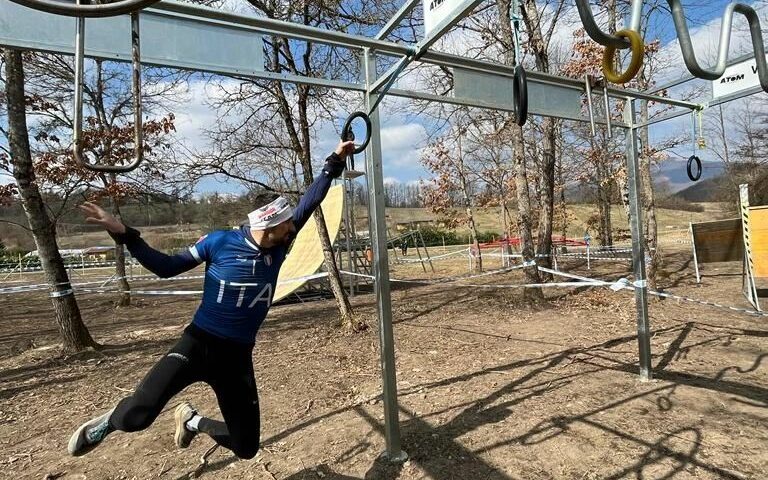
Photo credit: Alessandro Coletta by Instagram
So we really have a mix where an athlete has to be prepared all around. Yes, it really is a multidisciplinary sport. However, the common denominator in all of these activities is the run. The distances to be run are of different lengths, ranging from the standard 10km middle-distance races to the 4/5km short races. In recent years we have also come to short distances, so from the 400m sprint to the 100m super sprint.
Let’s say that the OCR world is expanding a little bit, because last year we started to work closely with the pentathlon and so we entered as a tester to become the fifth discipline. Until now we are not a CONI discipline, but by joining with pentathlon we will become one.
We talked about the elite: What does it mean to be in an elite category?
I take a step back. For races in Italy there is no distinction, there is an overall ranking for each race. For international qualifiers, they take the top X (it varies from race to race) and score them, the same for worlds. The best can enter the elite category.
For example, if I qualify 2nd in a race for the Europeans, I have taken the elite qualification for the Europeans. As a consequence, I have automatically taken it for my category as well, because in international races there are 2 different starts, unlike in national races.
In international races there is the category start and then there is the elite start. If you qualify in the elite, you can choose to do the elite start or the category start. That is the difference.
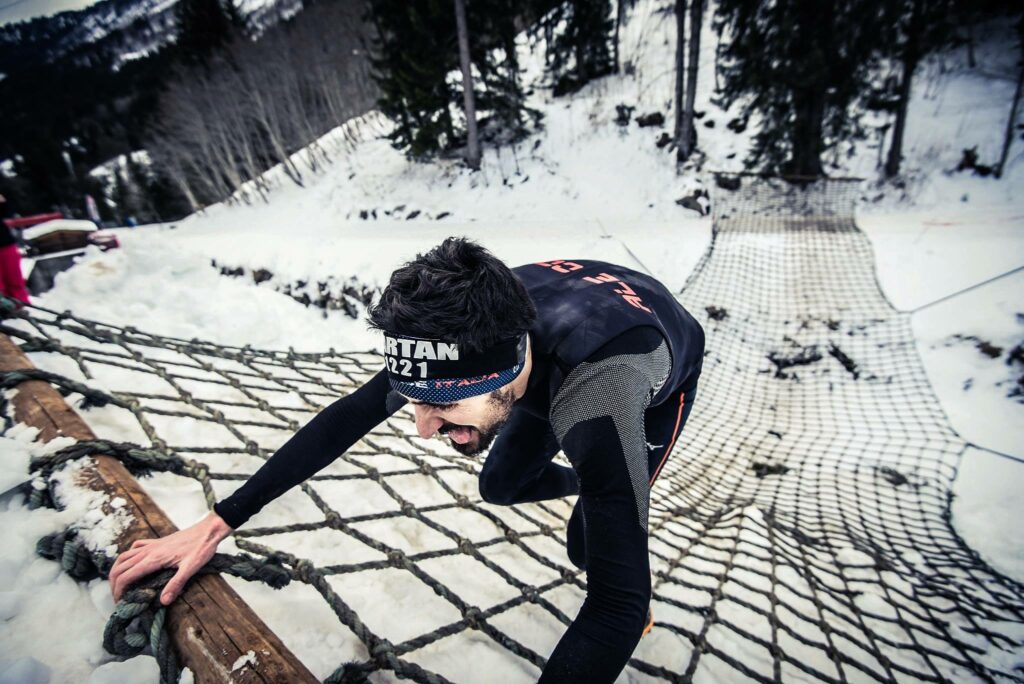
Photo credit: Alessandro Coletta by Facebook
We went through the process of races and successes: From 2019 to now, what is the most important race for you?
It was winning the European category, because in all the international competitions I was almost always the best Italian. If I was not the best, I was in the top 3, but I was always close to the podium. The European Championship was in Val di Fiemme, I was playing at home, in 2021 and we were coming from the covid year and so you could not compete for a year and a half.
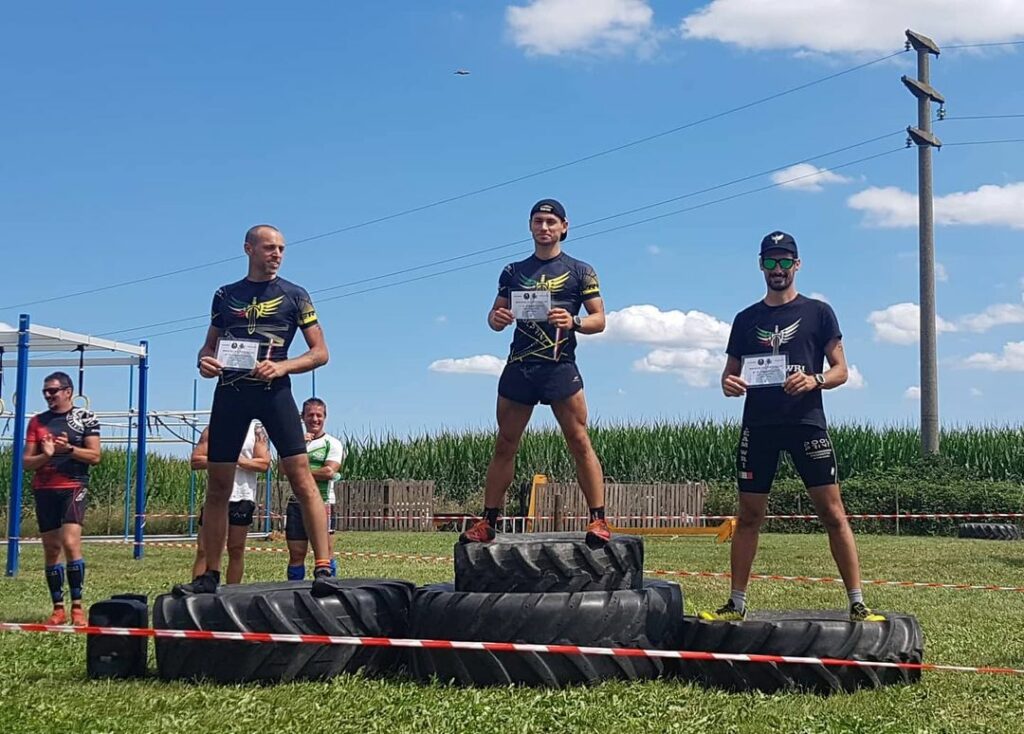
Photo credit: Alessandro Coletta by Instagram
The European Championship was going to be in 2020, I was preparing for a really great year, I was going to do 15,000 meters of climbing a month, really big stuff, then the covid came and it crushed us. So I had to set myself a goal and I did Everesting.
It’s a personal challenge in the mountains. You have to climb the height of Everest in 24 hours. You choose a mountain with an elevation gain and if for example the elevation gain is 1000 meters, you have to do it 9 times. Because you have to cover the 8848 meters of altitude.
I chose Rocciamelone which is a mountain that has 3000 meters of elevation and I did the hardest Everesting in the world because I only did 3 ascents, on each ascent it was 3000 meters of elevation, all on foot. In 2021 I went back to the OCR competition. We were at home and then it was really an explosion of emotions when I won because I had been trying to get on the podium for years and so that was the most exciting race that stayed with me.
For this kind of sport you need special equipment, and there are many disciplines we have talked about, so probably shoes and equipment as well. How important are they for a competition?
One premise. Our discipline seems very complex because it’s multidisciplinary, but it’s really like running. All you need is a pair of shoes. The difficult thing is to have an equipped field where you can train. On the personal equipment level, you need a lot of good will and a pair of shoes. Obviously, technical clothing for different seasons is essential, and shoes are crucial because during races we sometimes find a lot of mud, water, dirt, asphalt. There is really a mixture of all terrains, so it is really difficult to find a shoe that can adapt to everything.
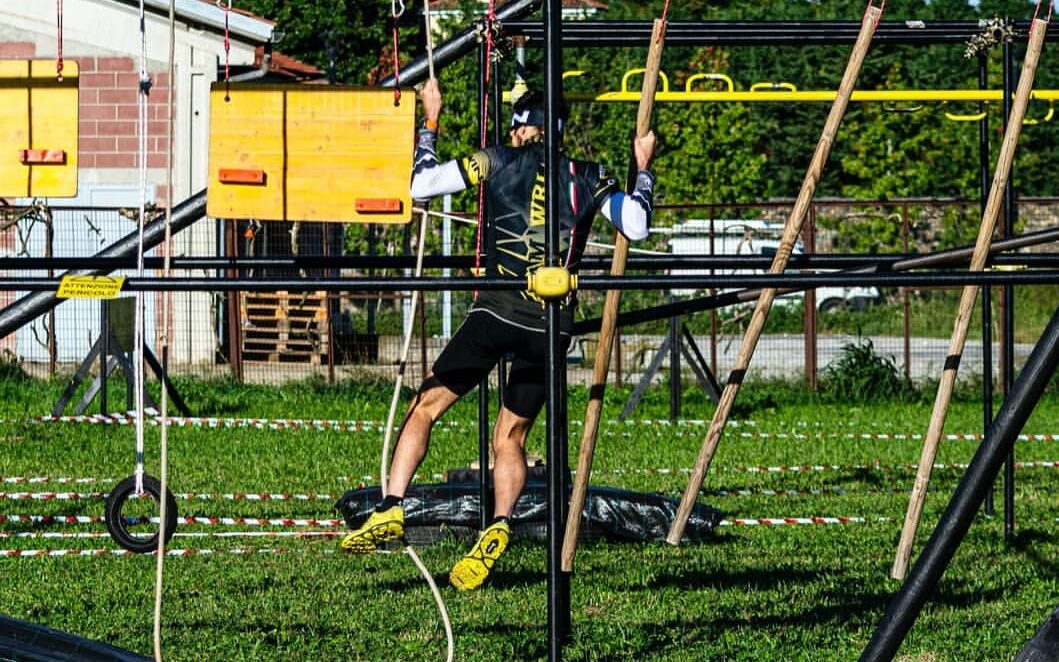
Photo credit: Alessandro Coletta by Instagram
With Mizuno I really raced a lot with the Mizuno Hayate, I did two European Championships, two World Championships, I won the Italian Championships with the Hayate and with those shoes I was really great because it’s a light shoe, with a medium tread, but it held and I found it really crazy as a shoe.
So you must have tested many models, are there any specific features you are looking for?
Yes, so I tested a lot of shoes because I have been running since I was a kid and I really put everything on my feet. In the OCRs, we look for a shoe, especially one that drains, because when you go in the water, you cannot have a heavy shoe. So it definitely has to be a shoe that is light, manageable and drains; it has to be pretty minimal, but not excessive, because it has to hold up even in 15km races.
So if it’s too minimal a shoe when we’re doing 15, 20, 21k, then we’re going to run into what could be injury problems. It’s hard to find the right shoe because then we also have really different races, dirt only races, mountain races, grass and mud races, so there’s no real shoe that fits everything, maybe we have 2/3 types of shoes. For example with Mizuno right now I’ve got the Daichi and I’m very, very good with that on a mountain course because it’s quite containing, protective but at the same time it’s light and dynamic so I’m very good with that.
Maybe if in a race there is a lot of dirt, flat, very fast, you could also assume to run with a semi road, so you always have to understand what kind of race we are going to face so understand what kind of terrain. First of all it can’t be a heavy shoe because if there is mud or water it can’t drain and above all it has to have a minimum of cleats because when we go to climb the ropes it has to pinch, not slip. We need a shoe that grips.
Do you change shoes between training and competition? Have you ever used a shoe in training that you don’t use in competition, or is it the same shoe?
Then in training, when I do more miles, I use a slightly more substantial shoe. Because when you do a lot of cross country, a light shoe is going to put too much stress on the ankle and the joints, but in training we do some race simulation training where we use the race shoe because you have to get used to the shoe. You have to test it in different terrains, so there is really a shoe testing phase in different occasions. I tested the shoes in different conditions: long 20km, 5km simulation, 10km simulation, simulation with water, with mud because our sport is really special.
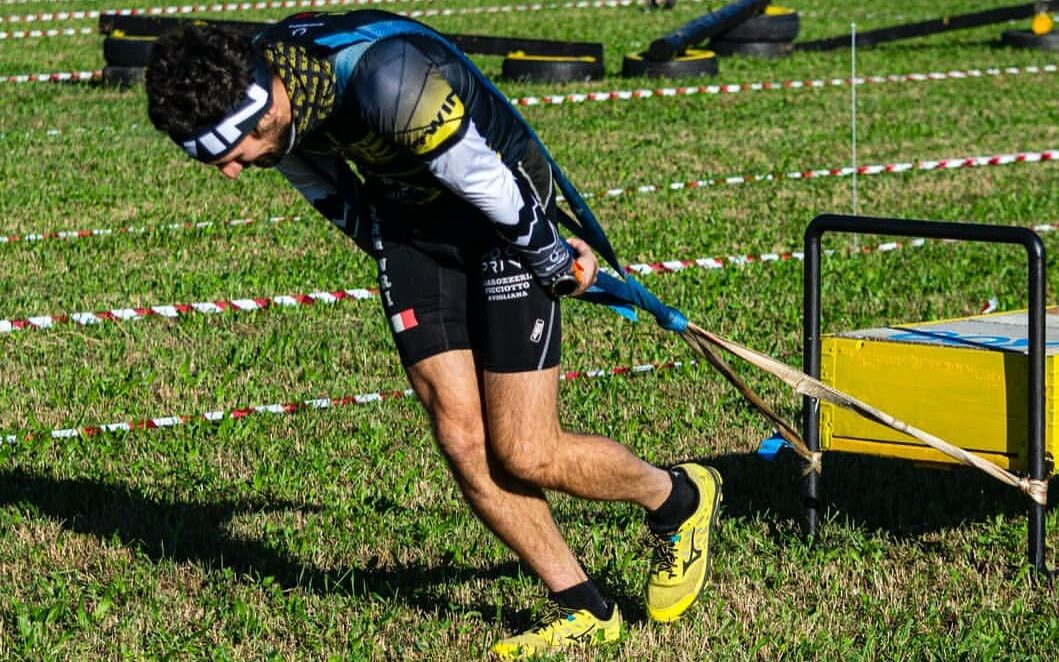
Photo credit: Alessandro Coletta by Instagram
We can confidently say that Alessandro Coletta has passed on to us a burning passion for OCR, a world where emotion and commitment are extraordinarily intertwined. This sport, which is constantly growing both nationally and internationally, is a gateway to nature, a way to overcome our physical and mental limits.
Through Alexander’s passionate voice, we learned the importance of technical equipment in the unpredictable challenges of changing terrain and weather conditions. These specialized shoes not only protect the athlete, but are the foundation for comfort, functionality and versatility in any context. In a world where determination embraces nature, these shoes are our silent allies, ready to lead us to new horizons of challenge and triumph.
You may also be interested in the following articles:

Can vegetable – tanned leather be considered green?
The Genuine Italian Vegetable-Tanned Leather Consortium has measured the average bio-based carbon content in its leathers. Good news: it is 95%.

7h, 25’28”: Hillary Gerardi’s New Record on Mont Blanc
Hillary Gerardi, the American athlete who set a new record for the ascent and descent of Mont Blanc.
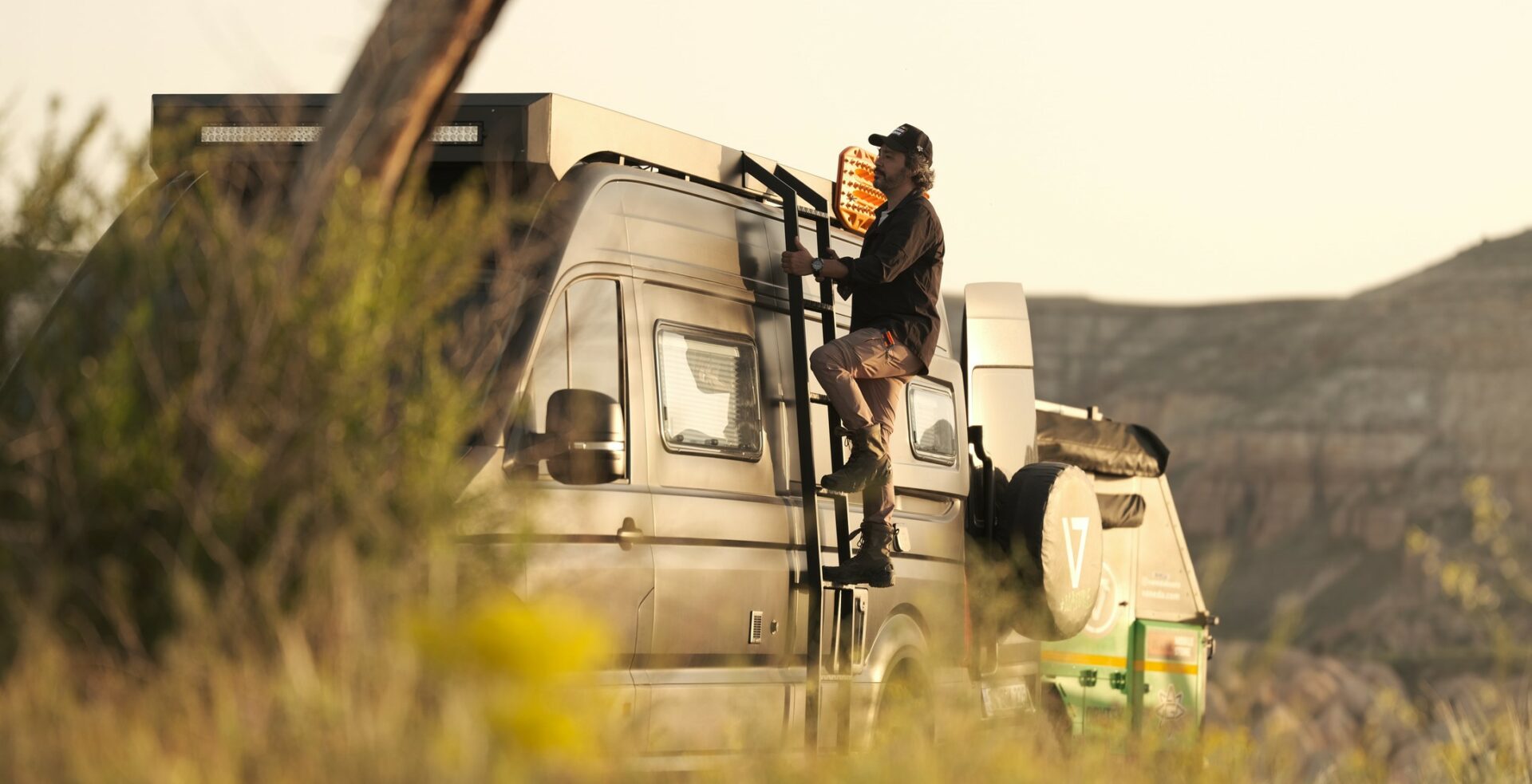
Vaneda: an encounter with nature should not be a luxury, the promise since 2004
Vaneda, the Turkish brand born for outdoor activities, and more.
























